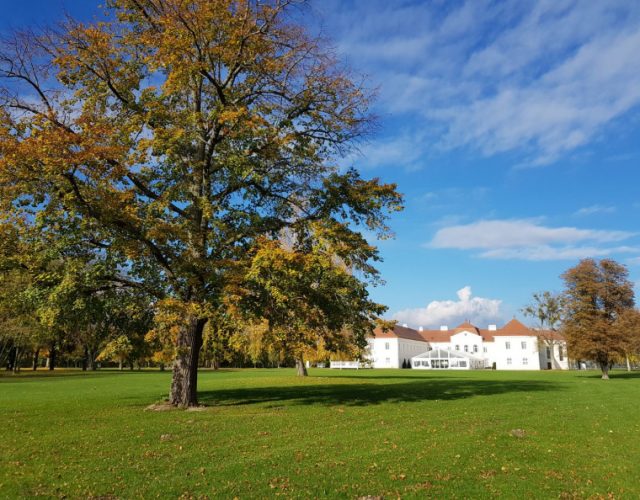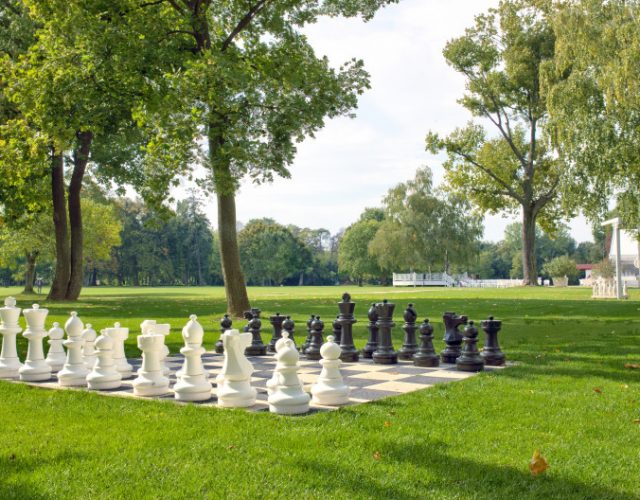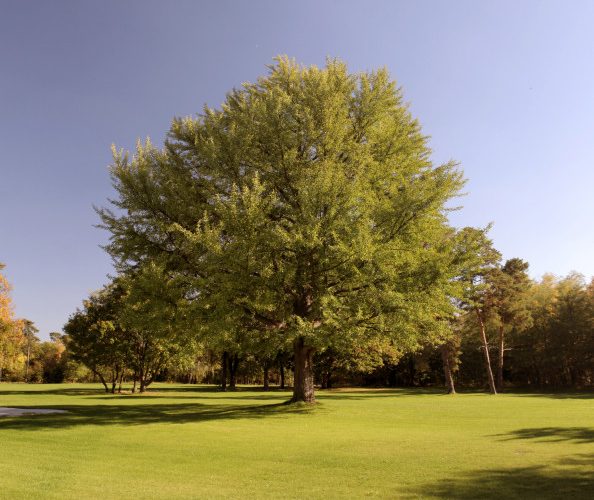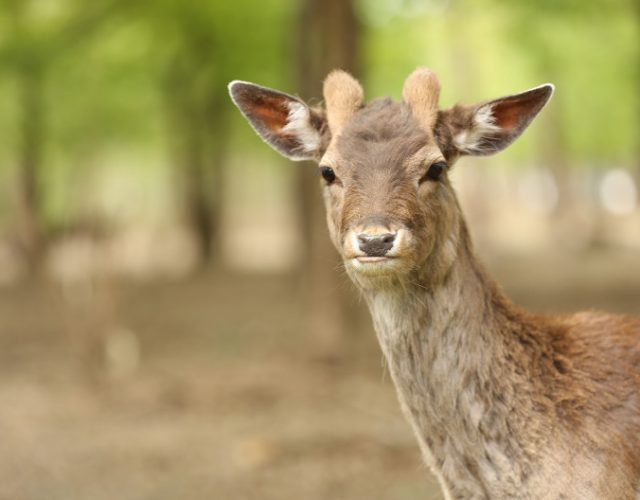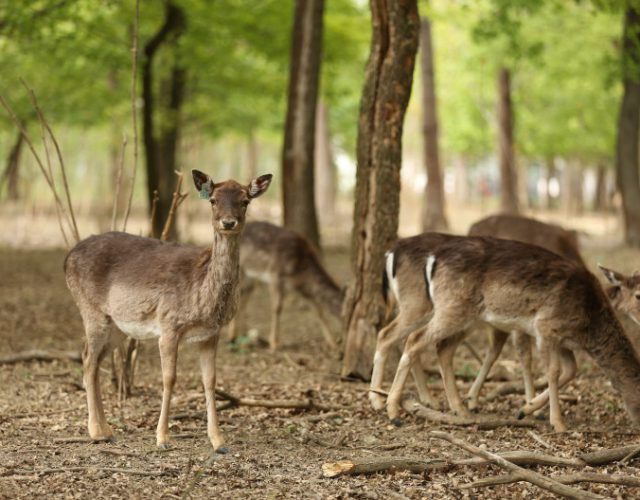The invisible greenery of the three-hundred-year-old 17-hectare English park with romantic nooks and crannies, rare trees, meandering paths, which ends on the endlessly flat horizon of the Danubian plain, provides royal enjoyment for body and soul.
In its time, it was one of the first, if not the first, English nature-landscape park in Upper Hungary. Even today, there are typical elements of an English park in the alleys and paths around the mansion.
In the 18th century, it was supplemented by stone sculptures, garden pavilions, a greenhouse and various other attractions. It is not unusual to encounter free-ranging pheasants, hares and the occasional fox in the park. Today, this hedonistic world of greenery is enriched with an outdoor heated swimming pool with sun terrace and bar.
Herd of daniels
Since 2012, a herd of daniels has also been a permanent resident of the English park near the Tomášov manor house. From one male and two females, the size of the herd increased to 11 daniels by 2018.
Your tree in the park
We offer you the opportunity to plant a tree in the manor park in honor of your wedding, birthday, anniversary or other important occasion. We will be happy to advise you on choosing a tree and a place to plant it. If you are interested, you can contact us: eventy@hotelkastiel.sk. eventy@hotelkastiel.sk.
E-scooter
We offer our guests the possibility of renting an E-scooter for use in the park and around the mansion. There are 2 scooters available, which you can borrow at the reception, subject to availability.
| E-scooter for 1 hour | 7 EUR |

Important trees in the park
On a walk in the manor park, information boards are waiting for you, where you can learn more about these rare trees.
Among the rare species of trees are dozens of loose groups of black pines (Pinus nigra) and Scots pines (Pinus silvestris), which complement the original floodplain forest forming the perimeter greenery of the mansion. These pines were planted here about 150 years ago.
Historically, since the 18th century, the park was for the most part made up of domestic deciduous trees such as maples, oaks, ash trees, lindens, elms, and was gradually planted by the original owners of the manor with foreign species of trees that they brought with them from long journeys across Europe and Asia.
The park contains a number of non-native species such as horse chestnuts (Aesculus hippocastanum) and agates (Robinia pseudoacacia), which were historically used to plant avenues. In the park in the meadow on the right side of the courtyard, a very rare bilobed gingko tree (Gingko biloba) stands out in the view, which is estimated to be about 250 years old and the circumference of the trunk is a respectable 280 cm. Not far from the ginkgo is the original amphitheater, which can be used for various musical, scenic and film performances.
A little further on, there are about 100 year-old catalpas (Catalpa bignonioides). There are also three juniper (Juniperus virginiana) specimens in the vast park, which are about 120 years old. Other woody plants include gleditchia (Gleditsia triacanthos), celtis (Celtis occidentalis), and elms (Ulmus laevis, Ulmus glabra).
16 clipped yew trees in the shape of a cone, which were originally there in the 19th century, were replanted along the inner perimeter of the courtyard.
In the forecourt of the mansion, in front of the main staircase on the axis of the mansion, there is a circular ornamental flower bed with cut boxwoods and annuals. This flower bed was originally located here at the turn of the 19th to the 20th century.
In the spring, the park is covered with colorful carpets of flowers such as snowdrops (Galanthus nivalis), white-flowering, variegated-flowering cypress (Coridalis cava), yellow-flowering species of lightning (Ficaria verna), gorse (Gagea lutea), purple-flowering lungwort (Pulmonaria officinalis), blueberry (Scilla muscari) and violet (Violla).
The park is currently being continuously renewed with new trees, while preserving its original character.


